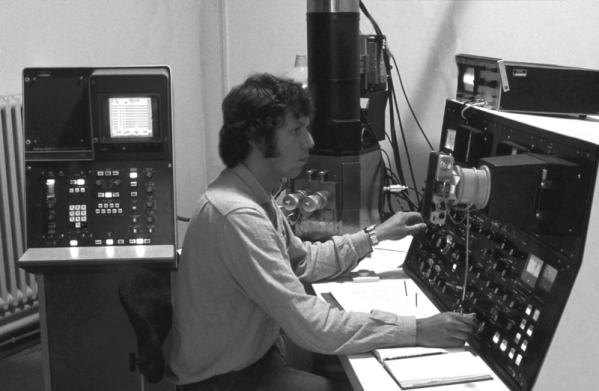[Colleen] struggled with using a chef’s knife to cut a variety of foods while suffering from arthritis in her wrist and hand. There are knives aimed at people with special needs, but nothing suitable for serious work like [Colleen]’s professional duties in a commercial kitchen.
 As a result, the IATP (Illinois Assistive Technology Program) created the Adaptive Chef’s Knife. Unlike existing offerings, it has a high-quality blade and is ergonomically designed so that the user can leverage their forearm while maintaining control.
As a result, the IATP (Illinois Assistive Technology Program) created the Adaptive Chef’s Knife. Unlike existing offerings, it has a high-quality blade and is ergonomically designed so that the user can leverage their forearm while maintaining control.
The handle is durable, stands up to commercial kitchen use, and is molded to the same standards as off-the-shelf knife handles. That means it’s cast from FDA-approved materials and has a clean, non-porous surface. The pattern visible in the handle is a 3D printed “skeleton” over which resin is molded.
Interested? The IATP Maker Program makes assistive devices available to Illinois residents free of charge (though donations in suggested amounts are encouraged for those who can pay) but the plans and directions are freely available to anyone who wishes to roll their own.
Assistive technology doesn’t need to be over-engineered or frankly even maximally efficient in how it addresses a problem. Small changes can be all that’s needed to give people meaningful control over the things in their lives in a healthy way. Some great examples are are this magnetic spoon holder, or simple printed additions to IKEA furnishings.
















